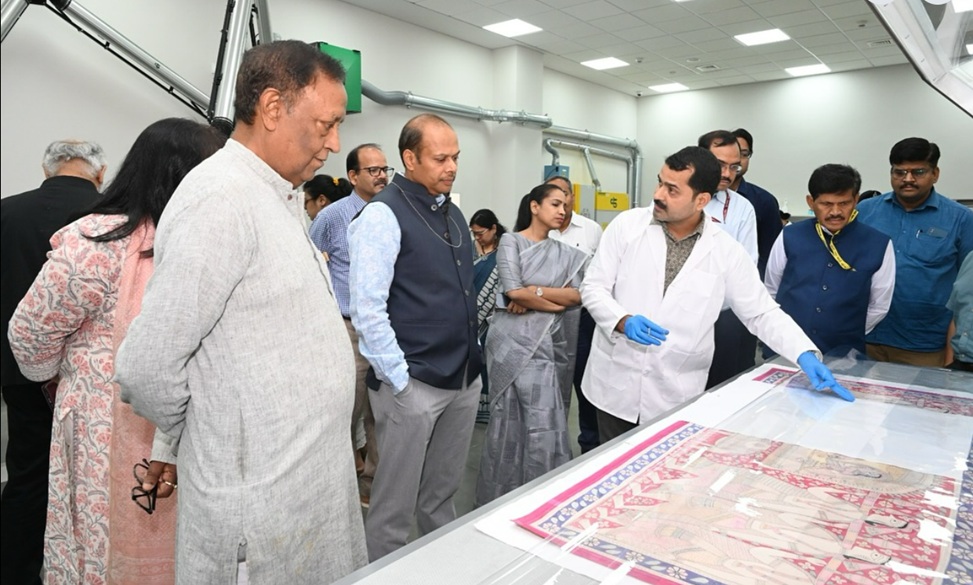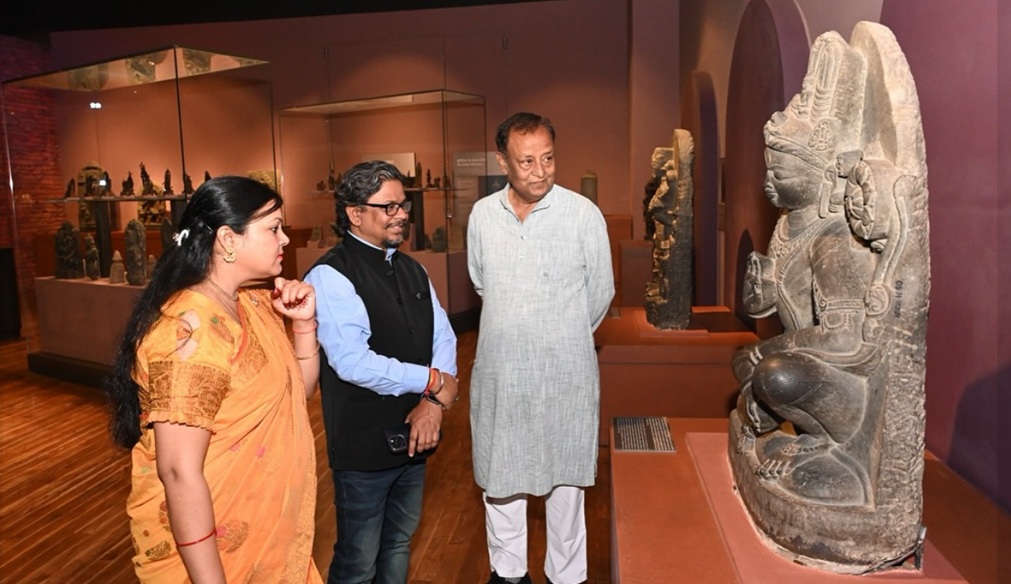Bihar Museum Launches State-of-the-Art Conservation Lab to Extend Life of Heritage Artifacts by 500 Years

Patna: The Bihar Museum has taken a significant step in heritage conservation by initiating the systematic preservation of its vast collection of historical artifacts. With the establishment of a new, high-tech conservation laboratory within the museum premises, the effort to safeguard Bihar’s rich cultural legacy has gained unprecedented momentum.
Currently, 101 copies of Mithila paintings—a traditional art form synonymous with Bihar—are undergoing restoration. This will be followed by the preservation of Daniel prints and various archaeological collections, some of which are over 75 years old.
According to officials, the Bihar Museum houses 30,000 to 40,000 artifacts, all of which will be inspected and preserved as needed. Experts suggest that this conservation initiative could extend the life of these cultural treasures by up to 500 years.

From Patna to Global Standards
Previously, the museum had to send artifacts outside the state for conservation. However, with the new in-house lab, equipped with modern tools and international-standard technology, preservation will now be conducted locally. The materials and equipment used in the lab have been specially sourced from Italy and installed by Delhi-based firm CTS.
Anjani Kumar Singh, Director General of Bihar Museum, emphasized that the lab will also serve museums across the state. “Not just for Bihar Museum, this facility will be used to preserve the legacy of other museums in the state as well,” he said.
A New Era in Artifact Care
Ashok Kumar Sinha, Additional Director of the museum, highlighted the lab’s transformative potential: “This laboratory will help us preserve our cultural heritage more seriously and scientifically. Even minor flaws will be detected and corrected to enhance the longevity of artifacts.”
The lab’s chief conservator, Sanjeev Kumar Singh, described the facility as one of the most advanced in northern India. “Until now, such advanced conservation facilities were primarily available in South India. We have brought those standards here. Now we don’t need to send artifacts elsewhere,” he said.
He also mentioned that skilled professionals, including Rajneesh and Rohini Singh, are currently working in the lab, ensuring meticulous care of each artifact.
Preserving Bihar’s Living History
With this move, the Bihar Museum not only aims to protect its existing collection but also sets the stage for future collaborations and training in heritage conservation. As the artifacts—ranging from ancient archaeological remains to rare artworks—begin their journey of renewal, this initiative marks a proud milestone in the state’s commitment to its cultural past.







